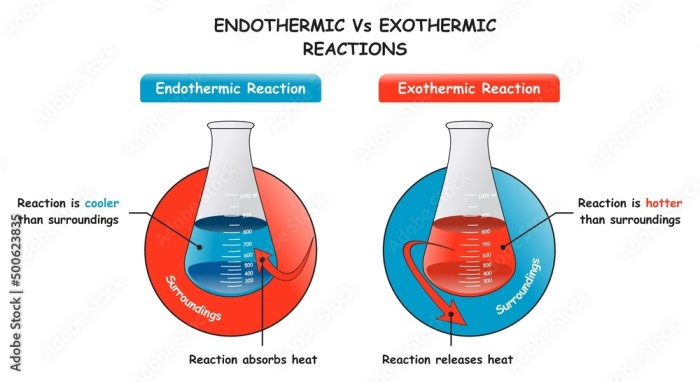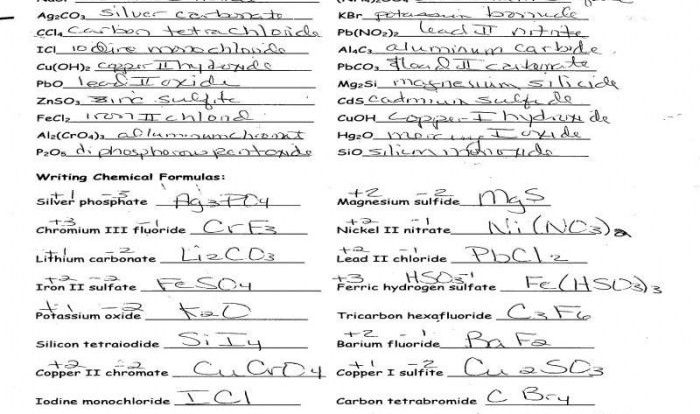Embark on a scientific odyssey with the Atoms vs Ions Worksheet Answers Key, an indispensable guide to unraveling the fundamental building blocks of the universe. Prepare to delve into the captivating realm of atoms and ions, exploring their distinct characteristics, fascinating formation processes, and pivotal roles in chemical bonding and practical applications.
Throughout this comprehensive guide, you’ll discover the intricacies of atomic structure, the processes that govern ion formation, and the diverse properties that distinguish these charged particles. Immerse yourself in the dynamic interactions between atoms and ions, gaining insights into their pivotal role in shaping the world around us.
Atoms vs. Ions
Atoms and ions are the fundamental building blocks of matter. They share similar structures but differ in their properties and behavior. Understanding the differences between atoms and ions is crucial for comprehending chemical reactions and various phenomena in the natural world.
Definitions and Characteristics
Atomsare the smallest indivisible units of an element that retain the element’s chemical properties. They consist of a central nucleus, containing protons and neutrons, surrounded by electrons orbiting in shells. The number of protons in the nucleus determines an atom’s atomic number and its identity as a specific element.
Ionsare charged atoms or molecules that have gained or lost electrons. When an atom loses electrons, it becomes positively charged and is called a cation. Conversely, when an atom gains electrons, it becomes negatively charged and is called an anion.
| Characteristic | Atom | Ion |
|---|---|---|
| Number of electrons | Equal to the number of protons | Not equal to the number of protons |
| Electrical charge | Neutral | Positive (cation) or negative (anion) |
| Formation | Naturally occurring | Formed through ionization |
| Properties | Stable, chemically reactive | Unstable, highly reactive |
Formation and Properties
Atom ionizationis the process by which an atom loses or gains electrons. This can occur through various mechanisms, such as chemical reactions, heat, or radiation. The factors affecting ionization include the atom’s electronegativity, atomic radius, and ionization energy.
Ion formationcan also occur through chemical reactions or physical processes. Ions can be classified as monatomic (containing a single atom) or polyatomic (containing multiple atoms). Different types of ions have varying properties, such as size, charge, and reactivity.
Chemical Bonding
Atoms and ions play crucial roles in chemical bonding, the process by which atoms and molecules are held together. Ionic bondsform when a cation and an anion attract each other due to their opposite charges. In contrast, covalent bondsform when two atoms share electrons, creating a strong and stable bond.
Ionic bonds are typically formed between metals and non-metals, while covalent bonds are common between non-metals. The type of bond formed depends on the electronegativity of the atoms involved.
Applications of Atoms and Ions, Atoms vs ions worksheet answers key
Atoms and ions have wide-ranging applications in various fields:
- Medicine:Ions are essential for electrolyte balance, nerve transmission, and muscle function. Radioisotopes are used in medical imaging and cancer treatment.
- Industry:Ions are used in batteries, electroplating, and electrolysis. Nuclear reactions involving atoms provide energy for power plants.
- Environmental science:Ions play a role in water purification, pollution control, and atmospheric chemistry.
Expert Answers: Atoms Vs Ions Worksheet Answers Key
What is the primary distinction between atoms and ions?
Atoms possess a neutral electrical charge, while ions carry a net electrical charge due to the gain or loss of electrons.
How are ions formed?
Ions are formed through the processes of ionization or electron transfer, resulting in the loss or gain of electrons.
What factors influence the formation of ions?
Factors such as the ionization energy, electronegativity, and atomic radius influence the ease of ion formation.
What are the different types of chemical bonds formed by atoms and ions?
Atoms and ions form ionic bonds through the electrostatic attraction between oppositely charged ions and covalent bonds through the sharing of electron pairs.
Provide an example of a practical application of atoms and ions.
Ions play a crucial role in various technologies, including batteries, fuel cells, and medical imaging.


